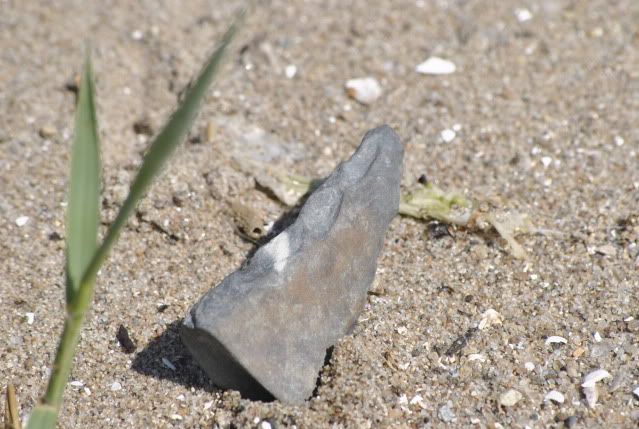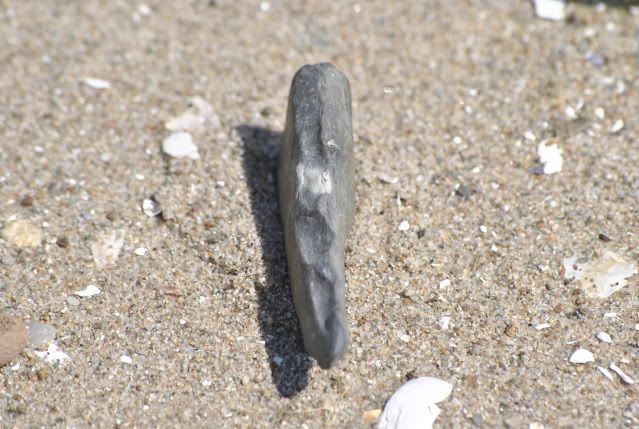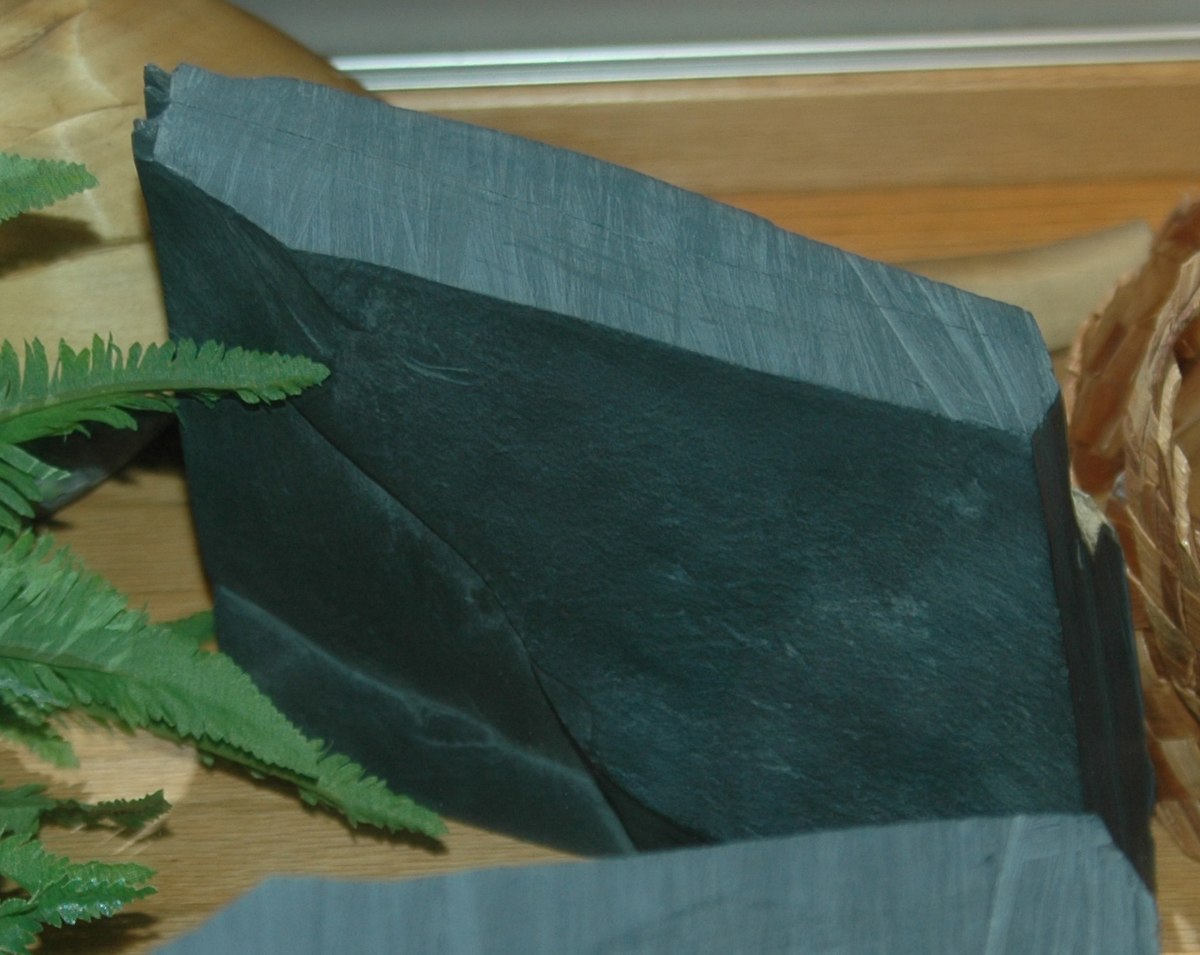Anyone have examples of knapped slate....I know it is usually ground but I understand there are examples of actual knapping but are fairly uncommon.anyone have one?
I'll try and post a pic of one I have a little later.
I'll try and post a pic of one I have a little later.






 Maybe your point is made of a type of argillite but I don't have your area knowledge base to judge that. I just thought it looked so much like the argillite we find here. Stallings Island Slate Point works for me!
Maybe your point is made of a type of argillite but I don't have your area knowledge base to judge that. I just thought it looked so much like the argillite we find here. Stallings Island Slate Point works for me!




Comment